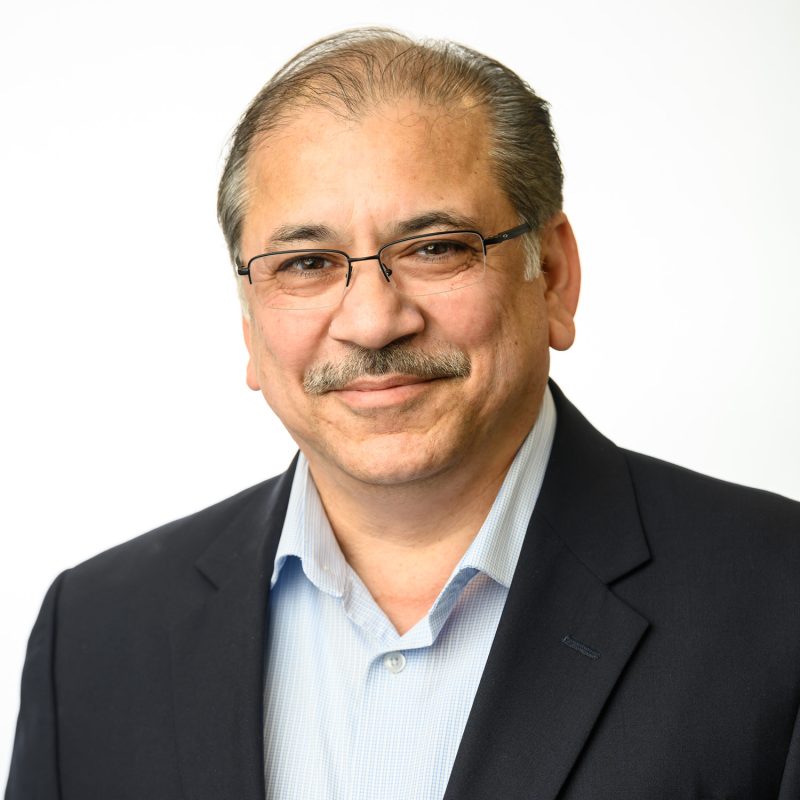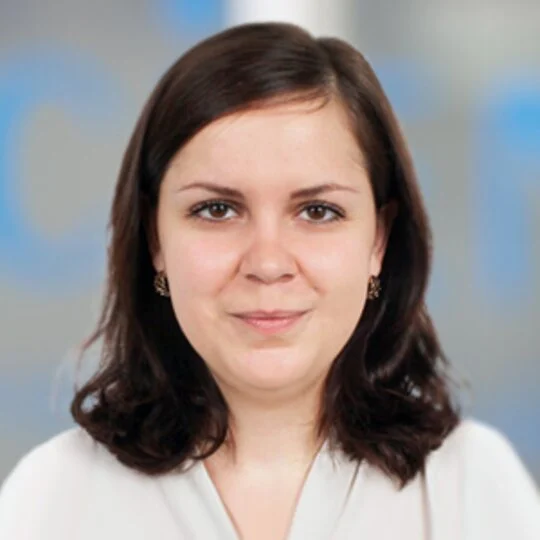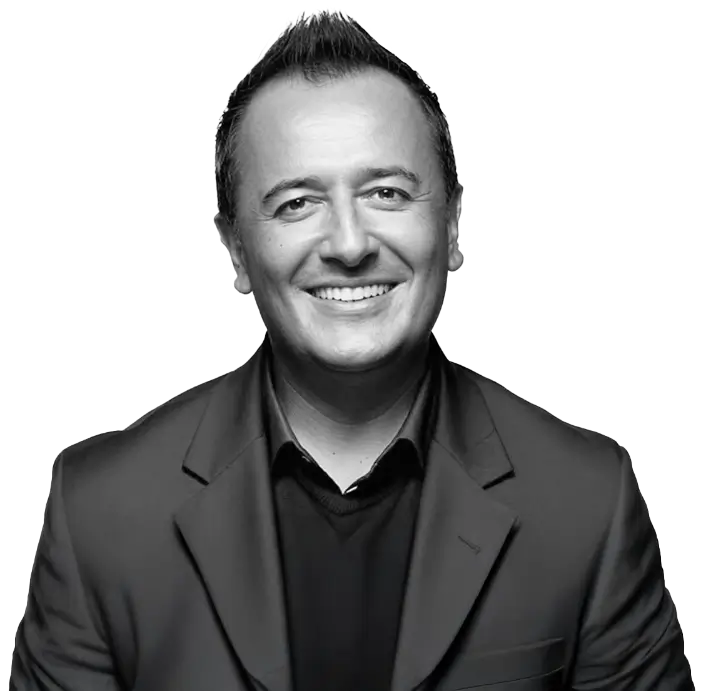On paper, Ukraine should have one of the best healthcare systems in the world. This nation of 44 million people has 3.1 doctors for every 10,000 citizens. That’s better than the U.S. (2.6 doctors per 10,000 citizens) and Canada (2.4 doctors). The war, however, has taken a toll on Ukraine’s entire system. Medical supplies and equipment are scarce. Simple things like getting regular checkups are now fraught with danger in some parts of the country. Regular care and treatment are down across the board.
The situation is particularly evident in heart disease, which affects 35 percent of the world’s adult population. Disease progression leads to serious complications and a lower quality of life, making early detection and ongoing monitoring. But in-person screening is simply impossible in much of Ukraine, due to the war. This means more people who are at risk will see their conditions progress into acute states, leading to significant future hardship for them and their families. Doing something about this now will have a lasting impact.
Sparrow BioAcoustics is a medical software startup in Newfoundland, Canada. The company has ties to the people of Ukraine, both through our staff and our connections with Ukrainian doctors and engineers who have helped the company refine our initial prototypes into a viable clinical-grade product. Helping the people of Ukraine is one of our corporate priorities.
So we’re proud to announce that after an eight-month effort, Sparrow has won full regulatory approval from Ukraine to offer its Stethophone™ smartphone stethoscope app in the country.
“Stethophone allows for recording and secure transmission of cardiac signals from smartphones,” says Nadia Ivanova, chief product officer at Sparrow. “The system is designed to help doctors detect a host of common cardiac issues, such as valvular disease, cardiomyopathy, arrhythmias, and even acute symptoms of heart failure.”
Using Stethophone is easy. There’s nothing new to plug in, charge up, or find the right cable for. You download the Stethophone app like other smartphone apps. Then, all you need to do is press the smartphone to the patient’s chest (or your own chest) and follow the directions on the screen.
Stethophone uses advanced audio processing to listen to cardiac sounds and augment the quality of those signals to make the tiny, nuanced elements that doctors listen for more audible. It also helps doctors visualize and review anomalies in the scan and decide if further action needs to be taken. All without the need for a visit to the clinic or doctor’s office.
Stethophone has been cleared by the U.S. Food and Drug Administration as a Class II medical device, and it can currently be used by doctors, nurses, EMTs, and other medical professionals. We’re now working with the agency in the hopes of securing an additional clearance that will make it possible for patients and their caregivers at home to use Stethophone. Ukraine’s regulatory process is known for its emphasis on data and clinical rigor, making the approval there an important leadup to our efforts to secure approval for use by patients in the U.S.
As Dr. Yaroslav Shpak, chief medical officer at Sparrow, commented during one of his recent talks, “Often, the most obvious, and often first, sign of heart disease is often death.” But a simple examination with a stethoscope – called an auscultation – provides a wealth of diagnostic information on the condition and structure of the heart and lungs. Stethophone can capture information about the immediate condition of the heart when a person is experiencing symptoms including shortness of breath, fatigue, palpitations, pain and anxiety.
Stethophone also ensures that these people don’t experience the “used car syndrome.” You know – you have an old car that’s making a funny noise. But whenever you bring the car to the mechanic’s shop, it stops making the noise. Similarly, the symptoms of heart disease don’t always manifest when you’re at the doctor’s office. With Stethophone, you can capture those symptoms and share them securely with your care team.
Stethophone has already made an impact in Ukraine. On the first day, one of the first five patients using the device were found to have a prolonged vascular murmur at the carotid artery. Based on the assessment of the Stethophone data, a cardiologist was able to send the patient for an ultrasound that validatated the findings. That test confirmed significant narrowing of the left carotid artery that was previously undiagnosed. Carotid stenosis is a dangerous condition that can cause stroke and death. Both are preventable if diagnosed early.
We want to make medical monitoring of the sounds of the heart and lung easy and ubiquitous. Cardiovascular disease kills 32 percent of people on earth. Early detection is critical, yet and estimated 40 percent of the population with cardiovascular disease remains undiagnosed in most countries. We’re gratified that Ukraine is the first country where patients can monitor their own heart and lung health with a smartphone app that functions as a clinical-grade stethoscope. Now, we’re working to bring this advance to more people around the world.
We think Stethophone will fit well into the care path in numerous countries by giving people a way to conduct preliminary assessments at home. Our unique ability to process a large amount of heart and lung auscultation data will also help improve the treatment of patients with these chronic conditions. Additional data will help doctors and population health specialists determine the best way to improve outcomes for patients both individually and at a population level. We think it’s a new way to attack the world’s No. 1 killer.
Editor’s Note: Mark Opauszky is CEO of Sparrow BioAcoustics of St. John’s, Newfoundland, Canada.




